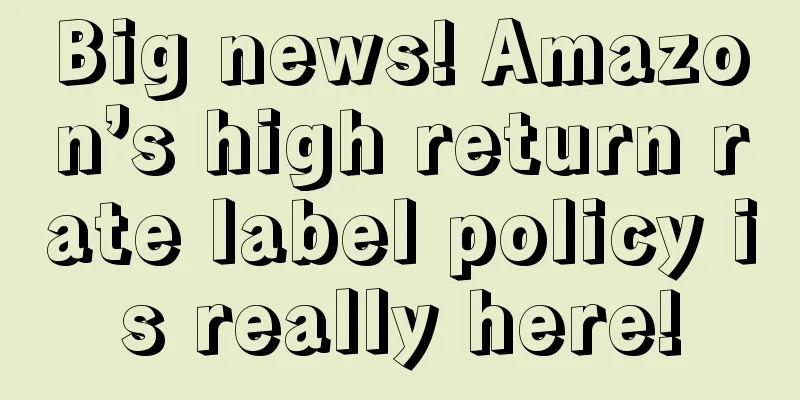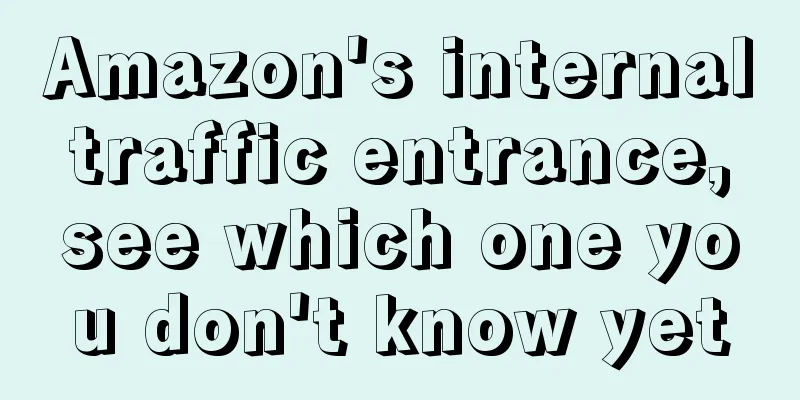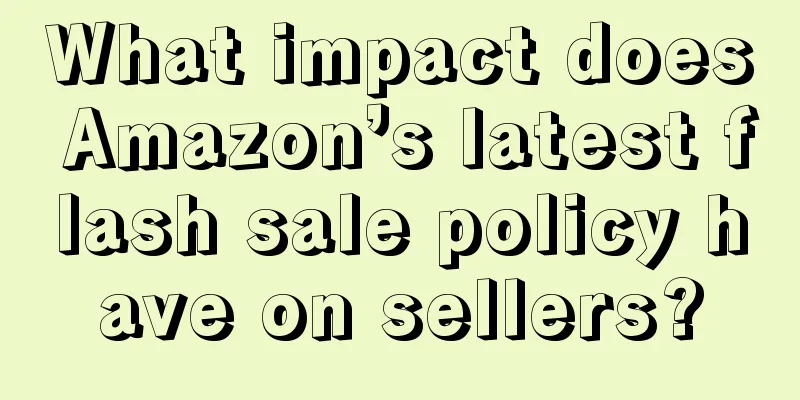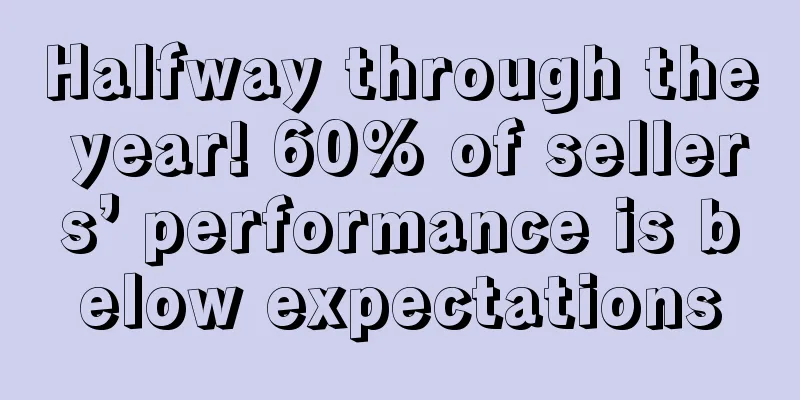|
It is learned that recently, according to sellers, Amazon’s 2023 Prime Day flash sales have begun to be reported. The deadline for reporting flash sales in the United States is April 28th local time, and the deadline for reporting flash sales in Canada is May 12th local time. In order to avoid missing out on Prime Day, a major promotional day, sellers who are interested in participating in Prime Day are reminded to submit relevant reports as early as possible. Today, the preparations for the annual Member Day are about to begin. This should be an exciting day, but the cross-border circle seems to be in a turbulent period recently, and the frequent platform changes have shackled cross-border sellers from showing their skills. Is Amazon's new trend of association a system bug?
On March 15, the article “Amazon adds a new sales display feature! Sellers: The low-price competition will intensify again!” mentioned: Based on feedback from multiple sellers, Amazon launched a wave of related account bans. At that time, based on the content of the email, sellers speculated that the main correlation factors were logistics information correlation (by tsfc), operating habit correlation (FP) and new artificial intelligence correlation. ▲ The picture comes from Zhiwubuyan In addition, many sellers believe that this is a large-scale misjudgment of the association by the Amazon system. According to recent news, during this wave of account bans, many sellers encountered problems with their accounts due to system bugs. Recently, a seller reported on the forum that an account that received a notification of association in early March and whose appeal was rejected twice was unexpectedly unlinked and restored. For this reason, the seller speculated that this was because the Amazon system fixed the bug of tsfc association. ▲ The picture comes from Zhiwubuyan Under the post, many sellers who encountered the same situation also stated that their accounts that were blocked in this wave of associations have been restored, and some sellers even mentioned that they had received an "apology email" from Amazon. However, some sellers also said that a large number of accounts have not been unblocked, and they are probably really associated with unfamiliar accounts. Overall, this wave of related account bans seems to be just a "false alarm" for some sellers, but Amazon's "high return rate label" policy that has been widely reported recently has actually begun to be implemented. Some products have been labeled with high return rates
It has been observed that recently, the detail pages of some products on Amazon’s US site have displayed the “Frequently Returned Items” label. So far, the products labeled with "high return rate" mainly include record players, clothing , etc., which are sold by third-party sellers and delivered by Amazon. It is worth noting that some products that have received five-star reviews cannot escape the fate of being labeled with "high return rate". According to foreign media reports, Amazon spokesperson Betsy Harden said: "Displaying return rate information on some product detail pages can help our customers make more informed purchasing decisions." Many industry insiders who have observed this change have analyzed that this label may be able to effectively reduce the platform's return costs , which is undoubtedly a good strategy for Amazon, which is committed to cutting operating costs. Therefore, many sellers believe that Amazon is currently testing this label on some products on the US site, and may promote the use of the "high return rate" label in more categories and more sites in the future. However, as of now, Amazon has not issued an official notice or further explained this label. I got three criteria for this label from the Internet and provide them for your reference: 1. Amazon will calculate the average return rate of product subcategories. If the return rate of a seller's product is higher than the average return rate, it will be monitored by Amazon; 2. If the product is in the bottom 25% of the average return rate of the sub-category, the detail page will be labeled as "high return rate"; 3. In the past 12 months, only products that have completed delivery of more than 250 products will be affected by this label. Products with a low number of transactions will not be affected by this label. From the above, we can see that if the news is true, some sellers with higher sales will face the risk of being labeled as "high return rate", resulting in a decrease in buyers' purchasing desire and a sharp drop in sales. Here, we can only remind all sellers to focus on products, guard against malicious returns, enhance brand confidence, and minimize return rates.
Have you noticed the high return rate label? What do you think of it? Feel free to discuss in the comments section.
|










